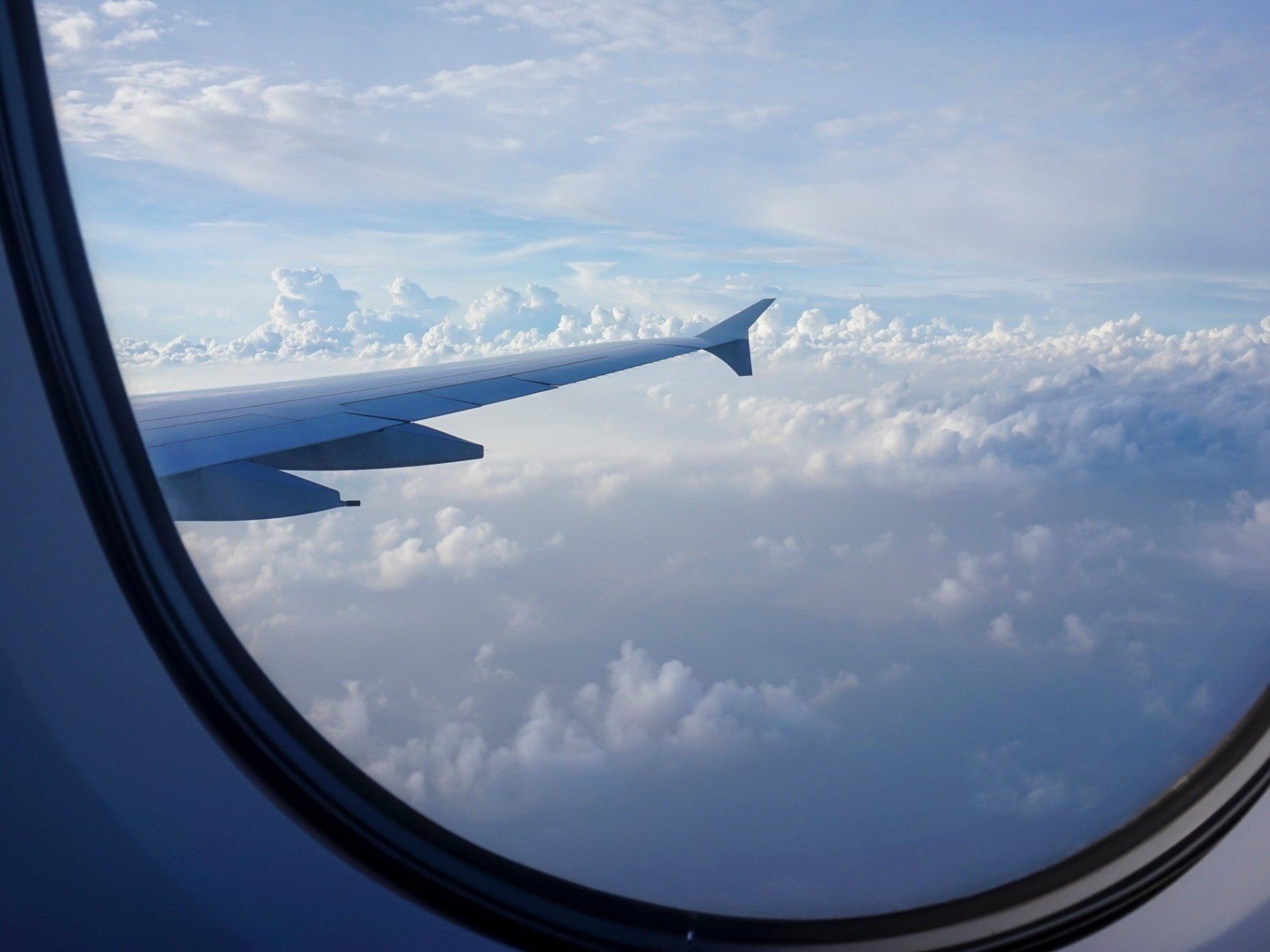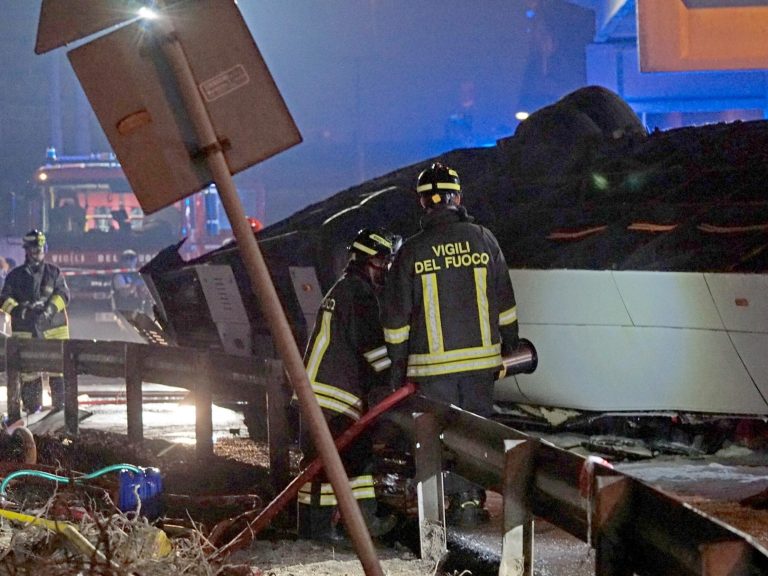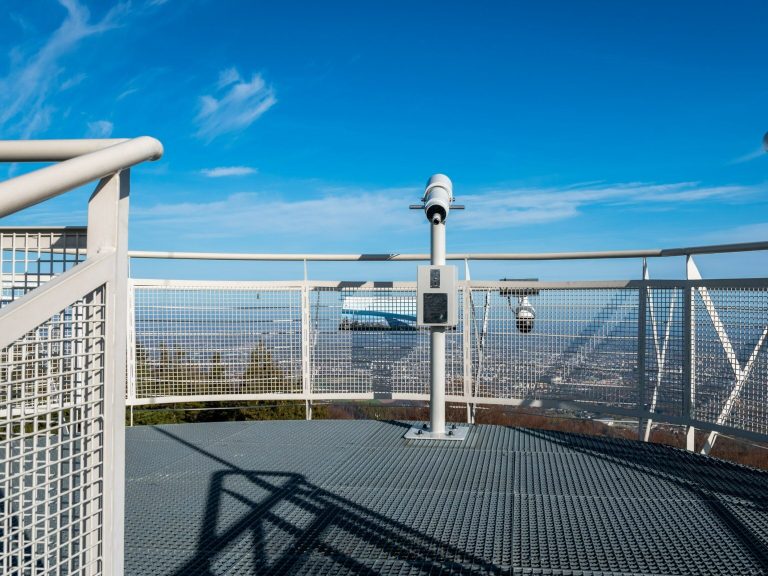Passengers are afraid of these routes. This is where most turbulence occurs

Have you wondered which flights in 2023 were full of turbulence? A ranking has been published, which includes routes characterized by unpleasant shocks. See on which cruises passengers experienced the greatest discomfort.
Although planes are built to withstand all kinds of turbulence, and pilots know how to deal with it, a bumpy flight can be some of the most uncomfortable and stressful for travelers. In case of stronger shocks, passengers may even have the impression that the machine is falling.
Turbli analyzed which cruises in 2023 experienced the most turbulence. See which routes were the least pleasant for tourists.
Is turbulence dangerous? Types and strength of the phenomenon
The main reason why turbulence causes so much concern among passengers is the lack of understanding of the phenomenon. There is no simple way to define the turbulence that causes an aircraft to shake or even lose altitude because it is subject to many factors and is often unpredictable.
Simply put, turbulence is the turbulent movement of air masses. When the plane encounters this type of airflow, it slows down a bit. And this, in turn, can be interpreted by the human brain as falling. However, the change in height even during strong turbulence is only a few meters.
Turbulence can be divided into mechanical, thermal, frontal and wind shear due to the way it occurs.
Mechanical turbulence – according to the US National Weather Service (NWS) – occurs when an aircraft flies over mountains or other large structures on the ground. In these cases, the aircraft passes through pockets of rising and falling air called vortices. These vortices are not visible on the aircraft’s radar, so the challenge for pilots is to determine the boundaries of the turbulence zone in advance and correct the route on the ground. The higher the wind speed, the more uneven the terrain and the more unstable the air – the greater the turbulence.
Thermal turbulence occurs when columns of heated air rise from the earth’s warmer surfaces. Small, rising portions of warm air resulting from uneven heating of the earth’s surface form convection cells. When an aircraft flies through an area where warm air rises and colder air sinks, the air circulation creates uneven flying conditions.
Frontal turbulence occurs as a result of a sudden change in wind direction between warm and cold air masses. According to the NWS, fast-moving cold fronts are the most severe in this type of turbulence.
At the very end we have wind shear. It occurs under certain atmospheric conditions when the wind changes its direction or speed over a certain horizontal or vertical distance. According to the NWS, quite strong turbulence can be expected with a significant change in wind speed and direction.
Depending on the intensity, turbulence can be divided into four types: light, moderate, severe and extreme.
Light to moderate levels of turbulence usually do not have a significant impact on the flight or passenger well-being. However, in cases of severe or extreme turbulence, the aircraft may experience a sudden, sharp change in altitude and, in extreme situations, pilots may even lose control of the aircraft.
Although severe turbulence is rare, it occurs when pilots are unable to redirect the aircraft from an area of bad weather and fly over an area of thunderstorms or thunderclouds, for example.
So which routes in 2023 had the most turbulence? On which cruises did customers complain about them the most?
These routes experienced the most turbulence in 2023
After analyzing a total of 150,000 routes around the world, experts from Turbli, an online “turbulence forecasting tool for curious and fearful travelers”, recently published a list of the most “turbulent” flight paths in 2023.
The eddy dissipation coefficient (EDR) is a common universal measure of turbulence that is used to describe the intensity of the turbulent state of the atmosphere. Turbulence levels are considered mild when the intensity ranges from 0 to 20 EDR, or moderate when they range from 20 to 40 EDR. Strong or even extreme are those when the coefficient reaches up to 80 EDR or up to 100 EDR, respectively.
The list of the 10 most troubled routes also included those in Europe. According to the ranking, the section between Milan and Zurich is one of them. Turbla data suggests that the average level of turbulence between Milan (MXP) and Zurich (ZRH) in 2023 was 16,016 EDR, meaning air travelers often experienced light turbulence on board.
However, based on the number of turbulent routes, analysts concluded that China is the most troubled region in the world in 2023 in terms of turbulence. An example is the flight between Xianyang (XIY) and Chongqing (CKG), which was listed as one of the most turbulent routes, with an average turbulence level of up to 16,041 EDR.
The list of the most turbulent flight routes also included flights Xianyang (XIY) – Chengdu (CTU) with a coefficient of 16.25 EDR, Osaka (KIX) – Sendai (SDJ) – 16.307 EDR and Lanzhou (LHW) – Xianyang (XIY) – 16.337 EDR.
And what do all ten look like?
-
Santiago (SCL) – Santa Cruz (VVI)
-
Almaty (ALA) – Bishkek (FRU)
-
Lanzhou (LHW) – Chengdu (CTU)
-
Centrair (NGO) – Sendai (SDJ)
-
Milan (MXP) – Geneva (GVA)
-
Lanzhou (LHW) – Xianyang (XIY)
-
Osaka (KIX) – Sendai (SDJ)
-
Xianyang (XIY) – Chengdu (CTU)
-
Xianyang (XIY) – Chongqing (CKG)
-
Milan (MXP) – Zurich (ZRH)






